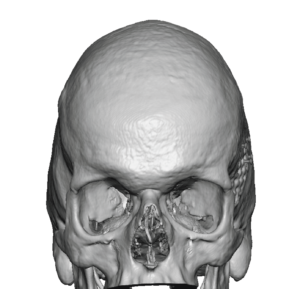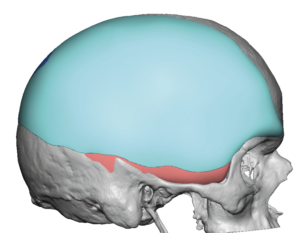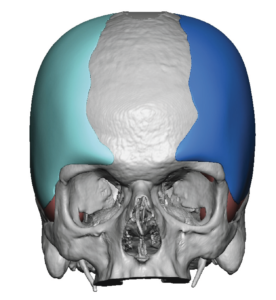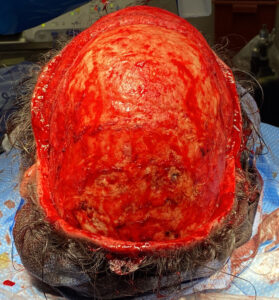Background: There are a variety of congenital head shape abnormalities that exist that are either commonly known or easily recognizable. While plagiocephaly is the most well known, scaphocephaly is the most recognizable…even if people do not know the actual name of the skull condition. Having a long front to back head length with a distinct narrowness from side to side creates an ‘alien-like’ shape most well known from the Alien movie series. A direct result of incomplete or complete sagittal craniosynostosis is the cause.
When untreated as an infant sagittal craniosynostosis results in an adult scaphocephalic head shape. Scapho- means boat-shaped and the long and narrow head shape certainly is consistent with that term. Reshaping such a head shape in adult is very different than in an infant. It is not a cranial vault technique. (full thickness osteotomies and/or ostectomies) Rathet it is leaving the bone in place and either adding to it by implant augmentation, reducing it by bone burring removal or both.
For augmenting the scaphocephalic head shape custom skull implants are needed that add width to the sides, from the forehead in front all the way around the back. Increased crown projection is needed as well but the augmentation must stay away from the overprotected occipital bone. Similarly the augmentation must stay away from the central forehead but it is needed on the sides of the forehead.

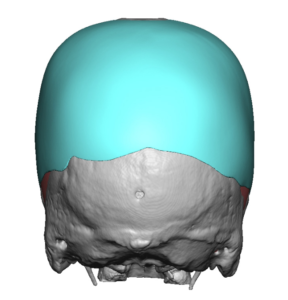
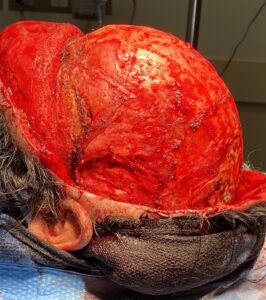
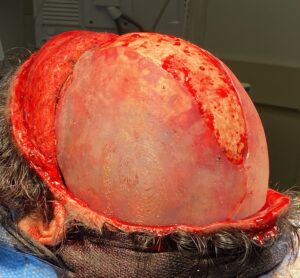
Adults with significant scaphocephalic skulls can still get dramatic improvements in their head shape with the augmentation effect being greater than the reductive effect. A coronal scalp incision, as in this cases, is not always needed as shown in this case..Its use was merely taking advantage of a scalp scar that already was existed but it certainly placement of the skull implant more exacting under direct vision.
Case Highlights:
1) A scaphocephalyic head shape when seen in an adult is of the the result of either untreated or incompletely treated congenital sagittal craniosynostosis.
2) The primary scaphocephalic head shape deficiency is lack of width on the sides and lack of projection in the crown area.
3) In this adult scaphocephalic patient he had previously been treated by front and back of the head skull reductions by burring with a full bicoronal scalp incision. The secondary placenta of custom skull implants completed the head reshaping.
Dr. Barry Eppley
World-Renowned Plastic Surgeon




